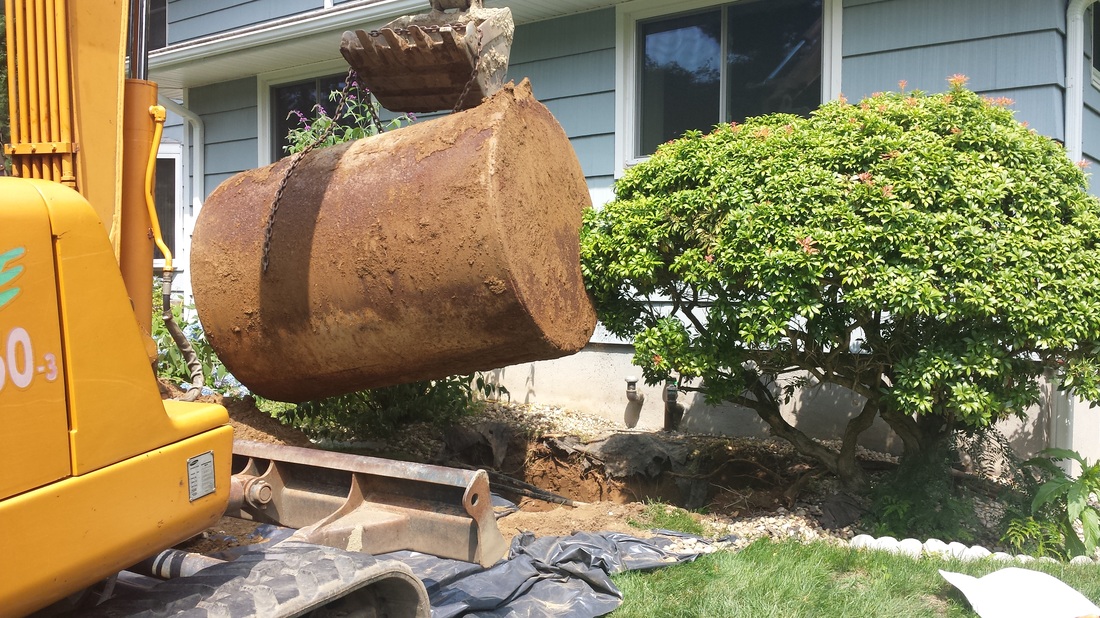The majority of homeowners don’t consider the oil tank in their home. The unassuming metal tank that is buried or concealed in the basement, plays an essential role in keeping your family and you warm. Your oil tank has limited life span, just as all other equipment. Ignoring the replacement of your oil tank can risk your health as well as your wallet and environmental.

Why replacing your oil tanks is a must:
Oil tanks may become corroded and get weaker with time, thereby leading to a higher risk of leak. Even a minor spill can cause environmental damage, cost-intensive cleanup, and even health risks. Replacing your tank prior to it failing is an investment in both your security and peace of mind.
Knowing the replacement oil tank costs is important. Depending on tank size and the location, prices can range from $1,200 up to $4,600. If you do not take care of a tank that is in need of replacement can lead to higher costs, including fines and property value devaluation. 275 gallon oil tank replacement cost, the most common size, usually falls between $1,500 and $2,000. Be aware that the early detection of problems and prompt replacement are financially smart choices.
Locating Your Local Heroes If you are looking for a replacement for your oil tank near you, don’t go for the first result. Check out quotes from reliable companies and inquire about their certifications, experience and warranties. Keep in mind that trust and understanding are essential for a secure and successful installation.
It is possible to save money by replacing your oil tanks in the early stages. Many states and municipalities provide incentives and rebates to encourage responsible tank ownership. Take a look at these incentives and consider incorporating them into your cost calculation.
Be aware of the many benefits that come with an oil tank. A new oil tank can lower heating costs and provide peace of mind.
Your road map for oil tank security
Be aware of your tank’s age as well as the history of your tank: The majority of tanks have a life span of between 15 and 20 years. You can look up your tank’s information, or contact an expert for an extensive inspection.
You can tell if something is wrong by looking for cracks bulges, rust, or leaks.
Find out about the costs of repairing oil tanks as well as local regulations and the resources available.
Hire qualified experts to assist you: Ask for quotes from reputable firms and inquire about their experience and certifications.
It’s recommended to change your tank in the earliest possible time to avoid any issues with financial security, safety or the environment.
You should never ignore your oil tank. It is not just an inconvenience, but a significant risk. Taking proactive steps toward the replacement of your oil tank isn’t just an exercise in maintenance – it’s a commitment to safeguarding your home, your family, and your overall investment. Prioritizing your oil tank replacement will ensure you have a secure and reliable heating system in your home. This proactive strategy not just peace of mind and peace of mind, but also signals the ongoing dedication towards safety and well-being. Don’t undervalue the importance of a properly maintained oil tank; it’s an essential component of protecting your property as well as the people who call it home. Be confident with a well-managed and modernized oil tank, which will ensure peace of mind and a relaxing environment.
